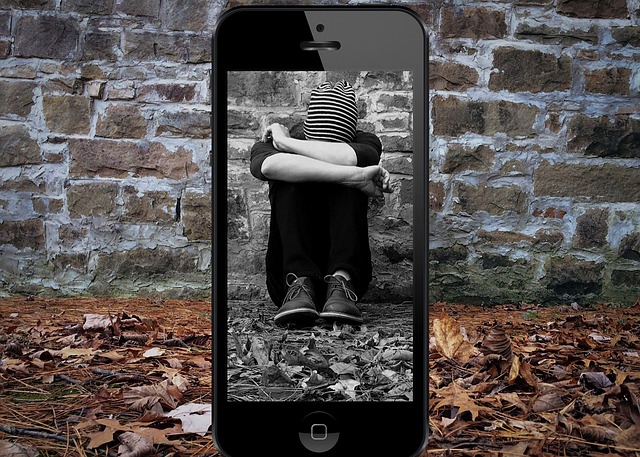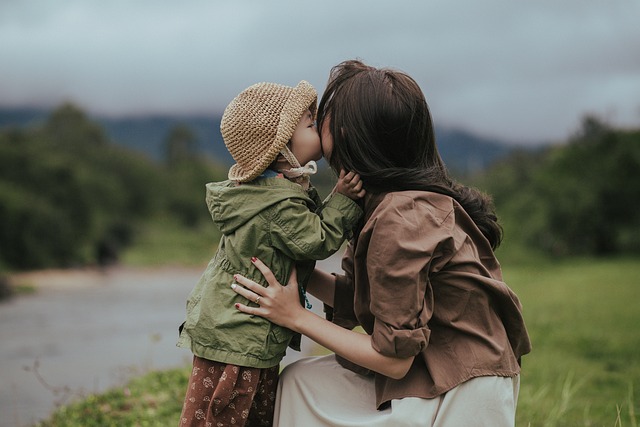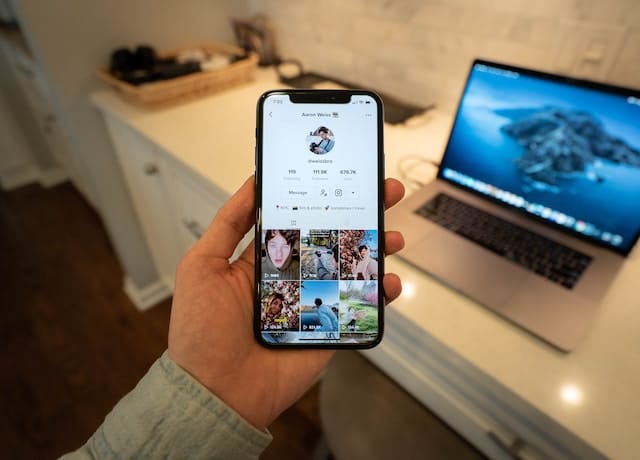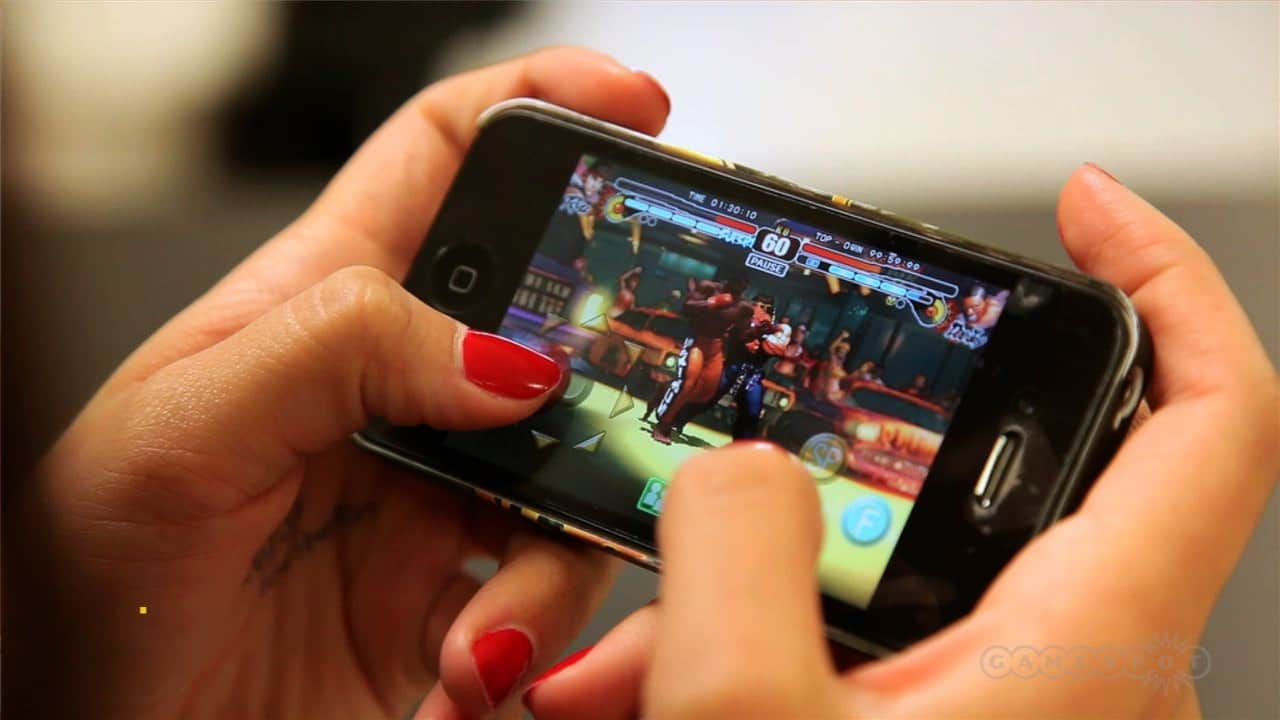Introduction: The rise of social media in students’ lives
Social media has become an integral part of students’ lives, revolutionizing the way they interact, share information, and express themselves. Platforms such as Facebook, Instagram, Twitter, and Snapchat have transformed the way students communicate and connect with one another.
However, the increasing influence of social media has raised concerns about its impact on students’ mental health, addiction, cyberbullying, and privacy. This article aims to explore the effects of social media on students’ lives and provide tips on building a positive digital presence while balancing academic priorities.
The impact of social media on students’ mental health
The pervasive use of social media among students has been linked to various mental health issues. Research suggests that excessive social media usage can contribute to feelings of loneliness, depression, and anxiety. The constant exposure to carefully curated and often idealized online personas can lead to negative self-comparisons and a sense of inadequacy.
Moreover, the fear of missing out (FOMO) induced by the constant stream of updates and events on social media can exacerbate these feelings. It is crucial for students to be aware of the potential impact social media can have on their mental well-being and take proactive steps to mitigate these effects.
Social media addiction and its consequences
Social media addiction is a growing concern among students. The addictive nature of social media platforms, with their infinite scroll, notifications, and likes, can lead to excessive and compulsive usage. This addiction can have detrimental effects on students’ academic performance, relationships, and overall well-being.
Students may find themselves spending hours mindlessly scrolling through feeds, neglecting their responsibilities and personal interactions. It is important for students to recognize the signs of addiction and establish healthy boundaries in their social media usage.
Cyberbullying on social media platforms
Social media platforms have unfortunately become breeding grounds for cyberbullying, a form of harassment that takes place online. Students may experience bullying in the form of hateful comments, spreading rumors, or even threats.

The anonymity and wide reach of social media can exacerbate the impact of cyberbullying, leading to severe emotional distress and even suicide in extreme cases. It is crucial for students to be vigilant about their online interactions, report any incidents of cyberbullying, and seek support from trusted adults.
The positive side of social media for students
Despite the potential risks, social media also offers many benefits to students. It provides a platform for creative expression, communication, and access to diverse perspectives and resources.
Students can use social media to showcase their talents, connect with like-minded people, and explore new opportunities. In addition, social media has become a powerful tool for activism and social change, allowing students to raise awareness about important issues and mobilize support for causes they believe in.
Students can always find help, such as finding someone who is writing homework help. By using the positive aspects of social media, students can enhance their personal and academic growth.
Building a positive digital presence: Tips for students
Creating a positive digital presence is essential for students to navigate the online world effectively. Here are some tips to help students build a positive digital footprint:
- Think before you post: Take a moment to consider the potential impact of your posts before sharing them. Remember that once something is posted online, it can be difficult to remove or control who sees it.
- Be mindful of your privacy settings: Familiarize yourself with the privacy settings on your social media platforms and adjust them according to your preferences. Regularly review and update your privacy settings to ensure that your personal information is protected.
- Engage in meaningful conversations: Use social media as a platform for constructive dialogue and meaningful interactions. Avoid engaging in online arguments or spreading negativity. Be respectful and tolerant of others’ viewpoints.
- Showcase your achievements and interests: Highlight your accomplishments, talents, and hobbies on social media. Use platforms such as LinkedIn to create a professional online presence that can benefit you in your future endeavors.
- Curate your social media feed: Follow accounts that inspire and motivate you. Unfollow or mute accounts that make you feel inadequate or unhappy. Surround yourself with positive and uplifting content.

Balancing social media and academic life
Finding a balance between social media and academic life is crucial for students to maintain their focus and achieve their educational goals. Here are some strategies to help students strike a healthy balance:
- Set boundaries: Establish designated times for social media usage and stick to them. Create a schedule that allows for dedicated study time without distractions from social media.
- Practice digital detox: Take regular breaks from social media to recharge and refocus. Use this time to engage in offline activities, such as hobbies, exercise, or spending time with friends and family.
- Use productivity apps: Utilize productivity apps and website blockers to limit access to social media during study sessions. These tools can help you stay focused and minimize distractions.
- Seek support from peers: Connect with classmates who share similar academic goals and create a supportive study group. By collaborating offline, you can encourage each other to stay on track and minimize social media distractions.
Navigating privacy and security on social media
Protecting personal information and maintaining privacy online is crucial in the digital age. Here are some tips to navigate privacy and security on social media:
- Use strong and unique passwords: Create strong passwords that include a combination of letters, numbers, and symbols. Avoid using the same password across multiple platforms.
- Be cautious of sharing personal information: Limit the amount of personal information you share on social media platforms. Avoid posting your full name, address, phone number, or other sensitive details that can be used for identity theft.
- Regularly review app permissions: Periodically review the permissions granted to apps on your social media accounts. Remove unnecessary permissions and limit the access that third-party apps have to your personal information.
- Enable two-factor authentication: Enable two-factor authentication on your social media accounts for an extra layer of security. This additional step will help protect your accounts from unauthorized access.
The role of parents and educators in guiding students’ social media use
Parents and educators play a crucial role in guiding students’ social media use and ensuring their safety online. Here are some ways parents and educators can support students:
- Open communication: Foster open and honest communication with students about social media. Encourage them to share their experiences, concerns, and questions, and provide guidance and support.
- Educate about online safety: Teach students about the importance of online safety, privacy, and responsible digital citizenship. Help them understand the potential risks and consequences of their actions on social media.
- Set boundaries and monitor usage: Establish clear guidelines and boundaries for social media usage. Monitor students’ online activities and provide guidance on appropriate content and interactions.
- Provide resources and support: Offer resources and support for students who may be experiencing cyberbullying or struggling with social media addiction. Connect them with counseling services or support groups if needed.

Conclusion: Harnessing the benefits of social media while mitigating the risks
Social media has undoubtedly become a powerful force in students’ lives, shaping their interactions, self-perception, and opportunities. While it offers numerous benefits, such as networking, creative expression, and access to information, it also poses risks to mental health, privacy, and security.
By understanding the impact of social media and implementing strategies to build a positive digital presence, students can navigate the online world effectively while prioritizing their academic success and well-being. With the guidance and support of parents and educators, students can harness the benefits of social media while mitigating the risks it presents.














Leave a Reply